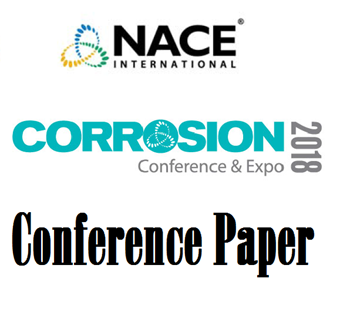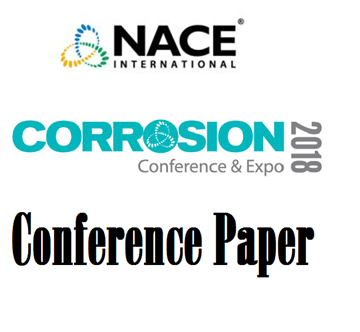The use of corrosion resistant alloys (CRAs) incurs costs and only when these costs are justified will such materials be used in industrial service. If these materials can be coated by an industrial method onto a cheaper substrate from which the component is made then their industrial uptake can possibly be increased. To understand the behaviour of CRA coatings of UNS N10276, UNS N06625 and UNS S31603 on steel, several steel coupons were sprayed using high velocity oxy-fuel (HVOF). These were then tested in de-aerated 3.5 wt.% NaCl solution for 30 days, purged with 10 MPa and 50 MPa CO2. Tests under 10 MPa CO2 were conducted at two different temperatures, 40°C and 80°C. Test in 10 MPa CO2 was performed at 40°C. Microstructural characterization revealed that the coatings protected the steel substrate from CO2 corrosion when undamaged. The bare steel in the exposed region formed a siderite scale, while no such scale was seen in the case of undamaged CRA-coated steel. The substrate close to the coating showed accelerated corrosion due to galvanic effects.
It was concluded that thermally sprayed CRA coatings can provide a cost-effective corrosion mitigation method for infrastructure likely to be in contact with wet supercritical CO2 at 40°C and 80°C. The scales formed on the steel protected it from further corrosion in 10 MPa and 50 MPa CO2. However, it was evident that care must be taken to ensure that the thermally sprayed CRA layer does not have any through porosity or defect; else, such coatings may accelerate corrosion of the underlying steel substrate due to galvanic interactions.
Keywords: Supercritical CO2, Corrosion resistant coatings, Thermal spray coatings, HVOF Coatings, High pressure CO2, Dense Phase CO2.




